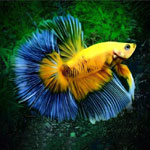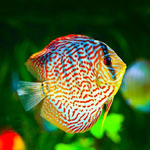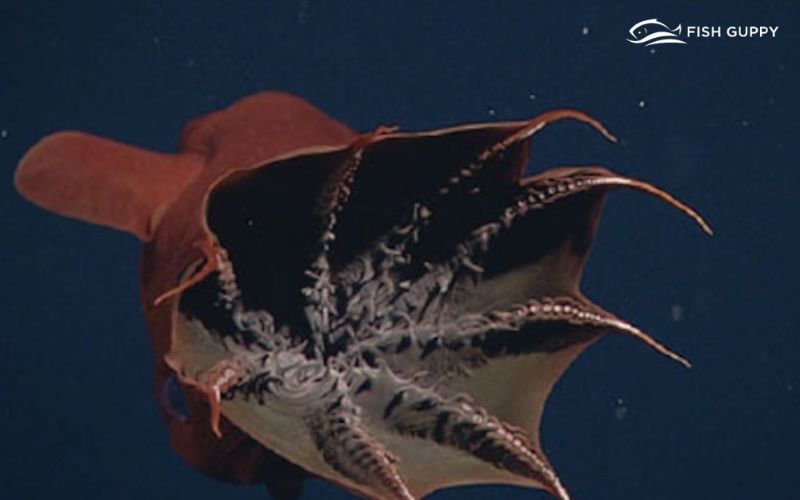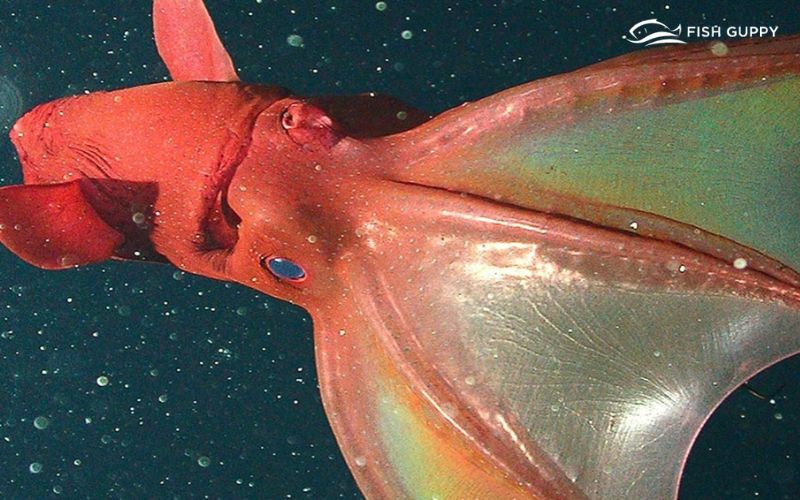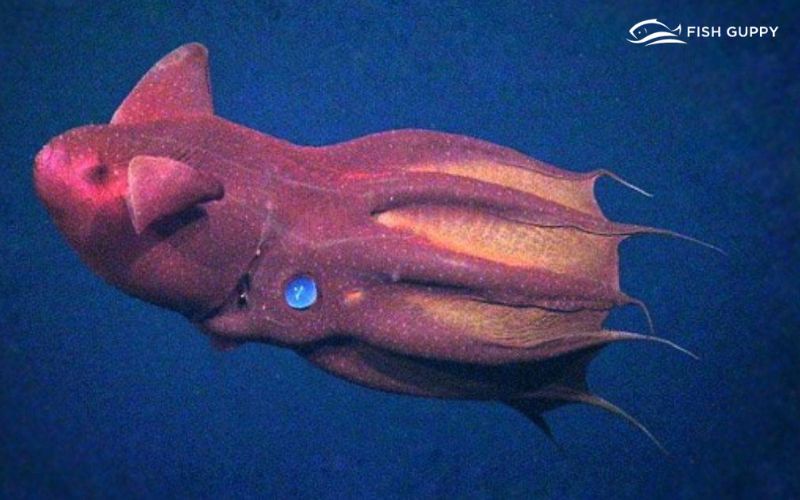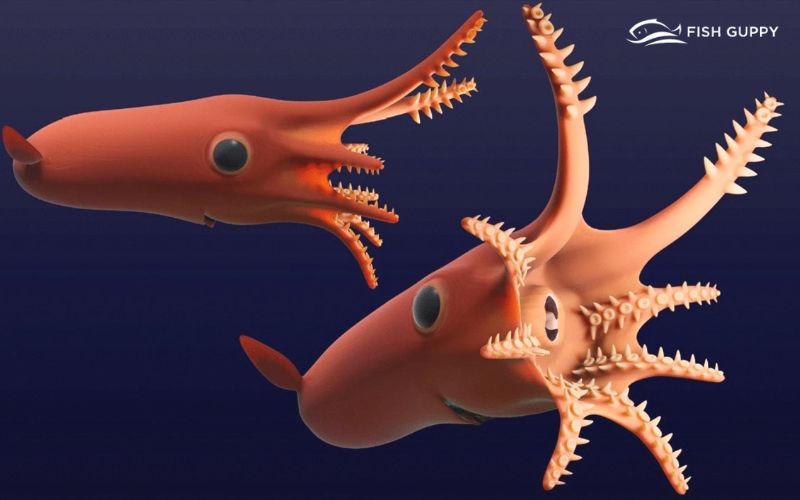The Vampire Squid: A Myth or a Monster?
June 24, 2023 Vampire Squid
The depths of the ocean hold numerous mysteries, and one creature that has captured the imagination of many is the vampire squid. With its eerie name and otherworldly appearance, the vampire squid has sparked curiosity and speculation among researchers and the general public alike. In this blog, we will delve into the world of the vampire squid, exploring its unique characteristics, dispelling common myths, and discovering whether it is truly a monster or simply a fascinating creature of the deep sea.
Unveiling the Vampire Squid
The vampire squid (Vampyroteuthis infernalis) is a deep-sea cephalopod that resides in the oxygen minimum zones of the world’s oceans. Despite its name, the vampire squid is not actually a squid but belongs to a distinct taxonomic order called Vampyromorphida. This creature showcases an array of fascinating adaptations that have allowed it to thrive in its deep-sea habitat.
- Enigmatic Adaptations: The vampire squid possesses unique features that set it apart from other cephalopods. It has large, webbed arms connected by a dark membrane, giving it a distinct umbrella-like appearance. These arms are lined with small finger-like structures known as cirri, which help the vampire squid capture particles and detritus from the water. Its large, round eyes allow it to detect even the faintest glimmers of bioluminescent light, helping it navigate the dark depths.
- A Cloak of Mystery: One of the vampire squid’s most notable adaptations is its ability to transform its appearance in response to different threats or stimuli. When threatened, it can invert its webbed arms, covering its body with a cloak-like shroud of skin. This behavior has often led to the misconception that the vampire squid is a bloodthirsty predator. However, its diet primarily consists of marine snow, small planktonic organisms, and detritus.
- Light in the Darkness: Bioluminescence plays a crucial role in the vampire squid’s survival. It possesses light-producing photophores on its body, which it uses for various purposes. By creating mesmerizing light displays, the vampire squid can confuse potential predators, attract prey, and communicate with others of its kind.
Debunking the Myths
Due to its intriguing name and appearance, the vampire squid has been the subject of numerous myths and misconceptions. Let’s address some of the common misconceptions associated with this fascinating creature:
- Bloodsucking Predator: Despite its ominous name, the vampire squid does not feed on blood. Its diet consists mainly of marine snow and small organisms found in the deep-sea environment.
- Aggressive Nature: The vampire squid is generally a passive and gentle creature. Its unique defensive strategy of inverting its arms has led to misunderstandings about its temperament.
- Legendary Size: The vampire squid is not a colossal monster lurking in the depths. It typically measures around six inches in length, with females being slightly larger than males.
Conclusion
The vampire squid, with its mysterious adaptations and otherworldly appearance, continues to captivate the imagination of both scientists and the public. Despite its eerie name, the vampire squid is not a bloodsucking predator but rather a remarkable creature perfectly adapted to survive in the deep-sea environment. By dispelling the myths and understanding its true nature, we can appreciate the beauty and significance of this unique species. The vampire squid remains an intriguing example of the wonders that await us in the unexplored depths of our oceans.

